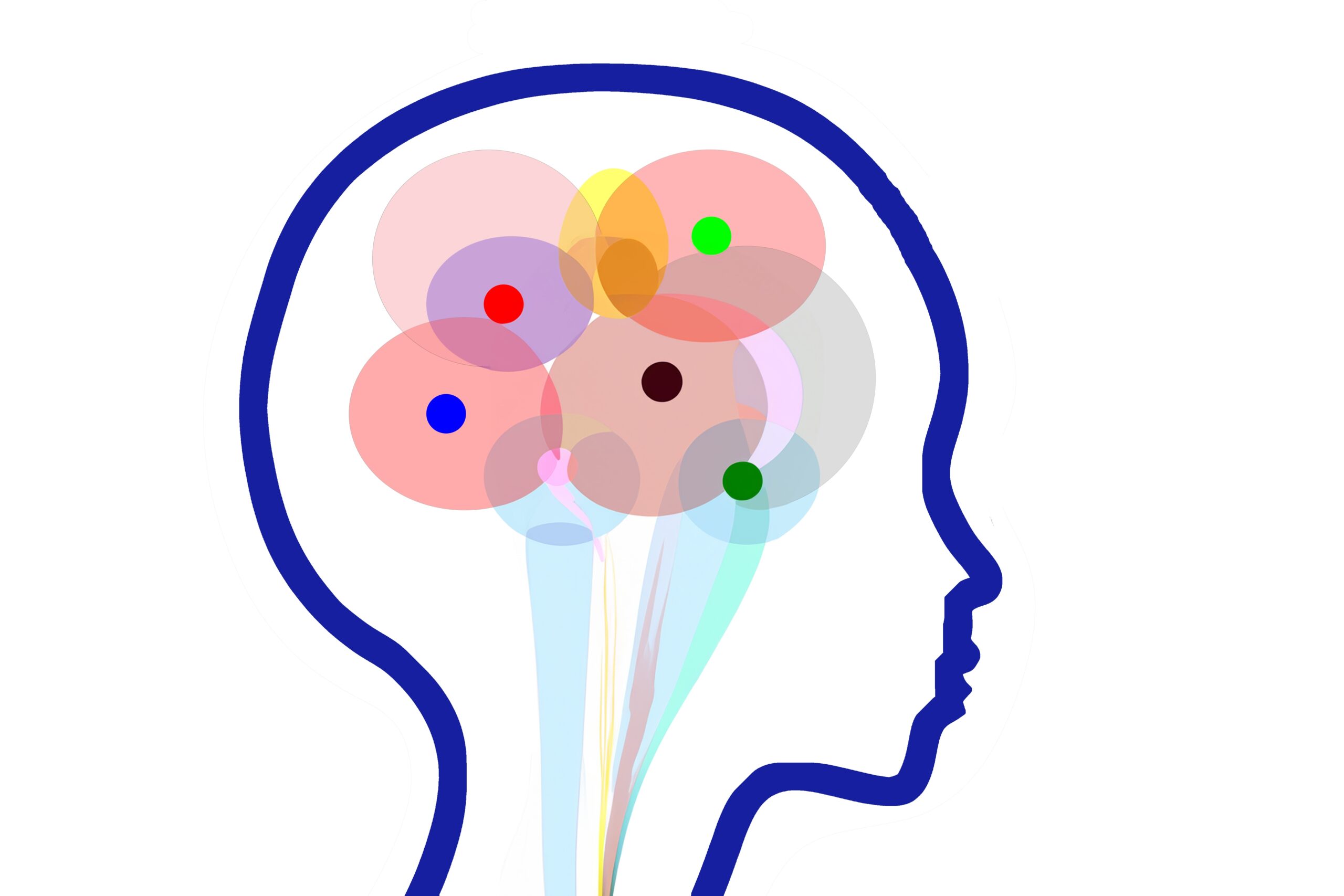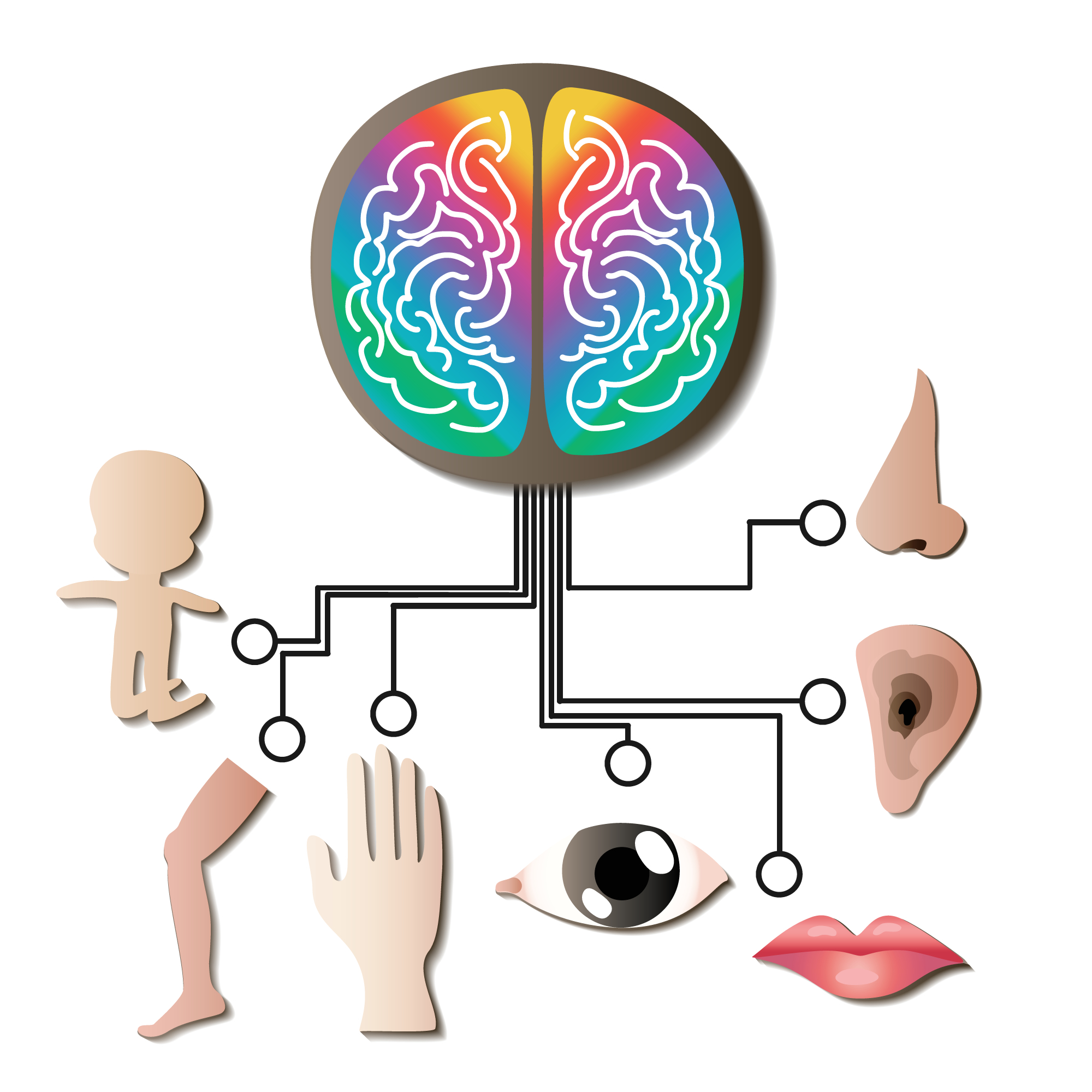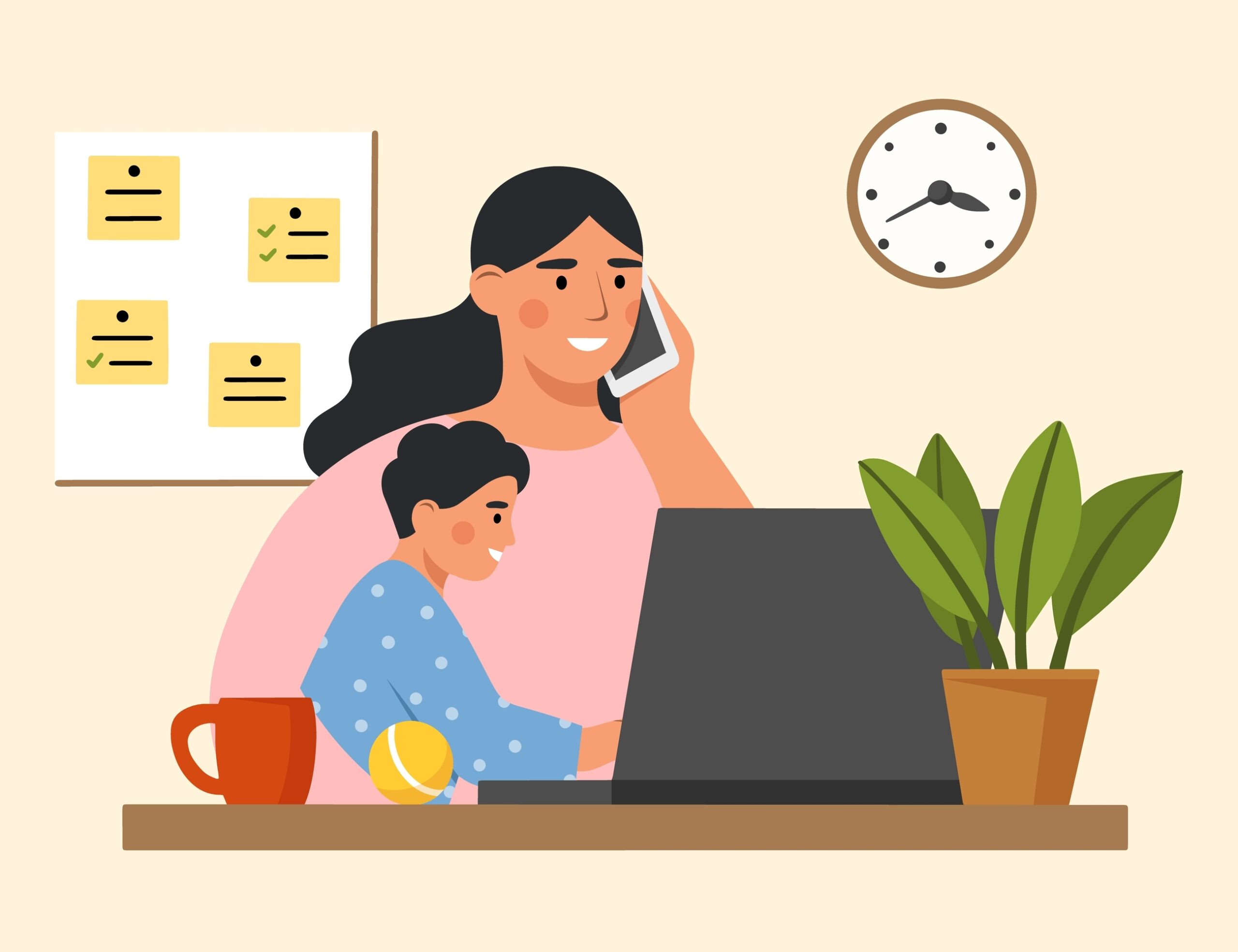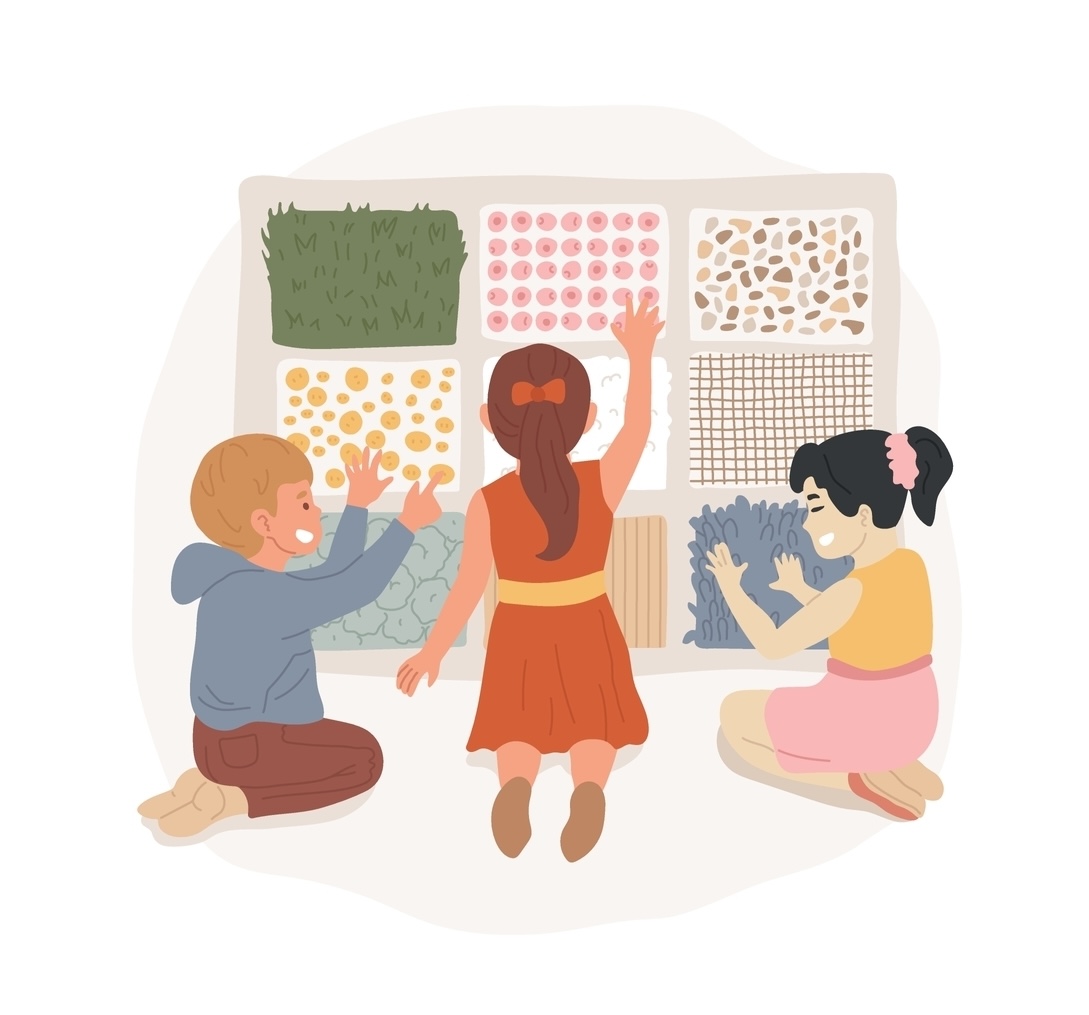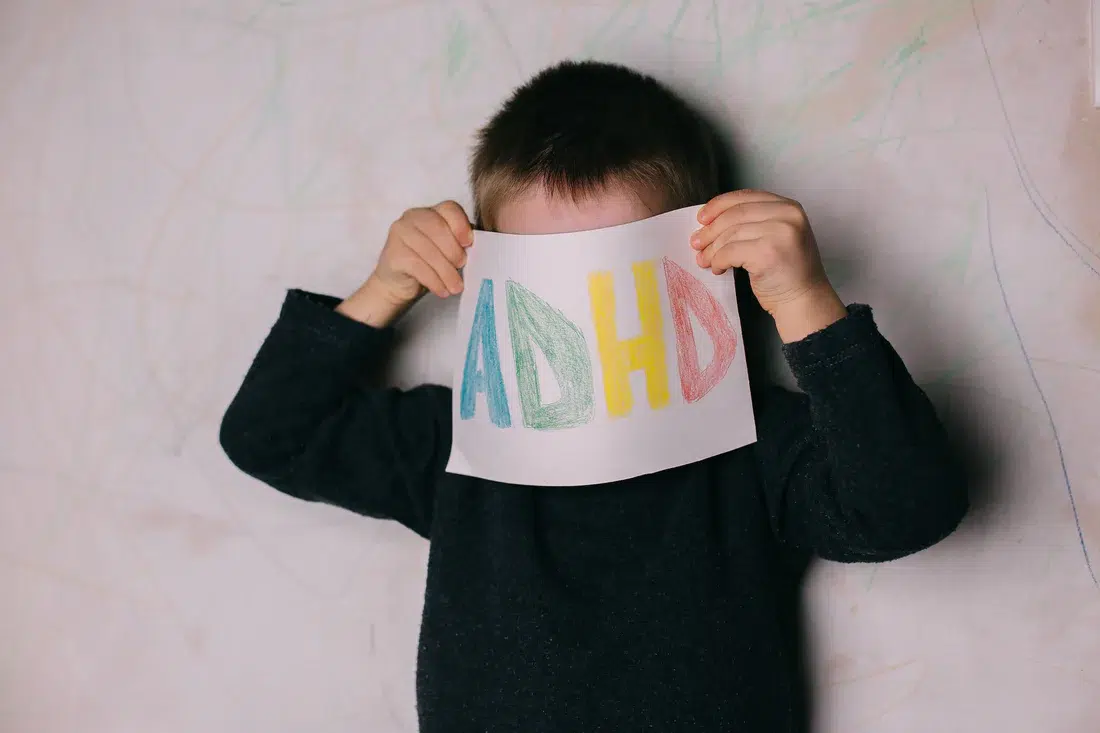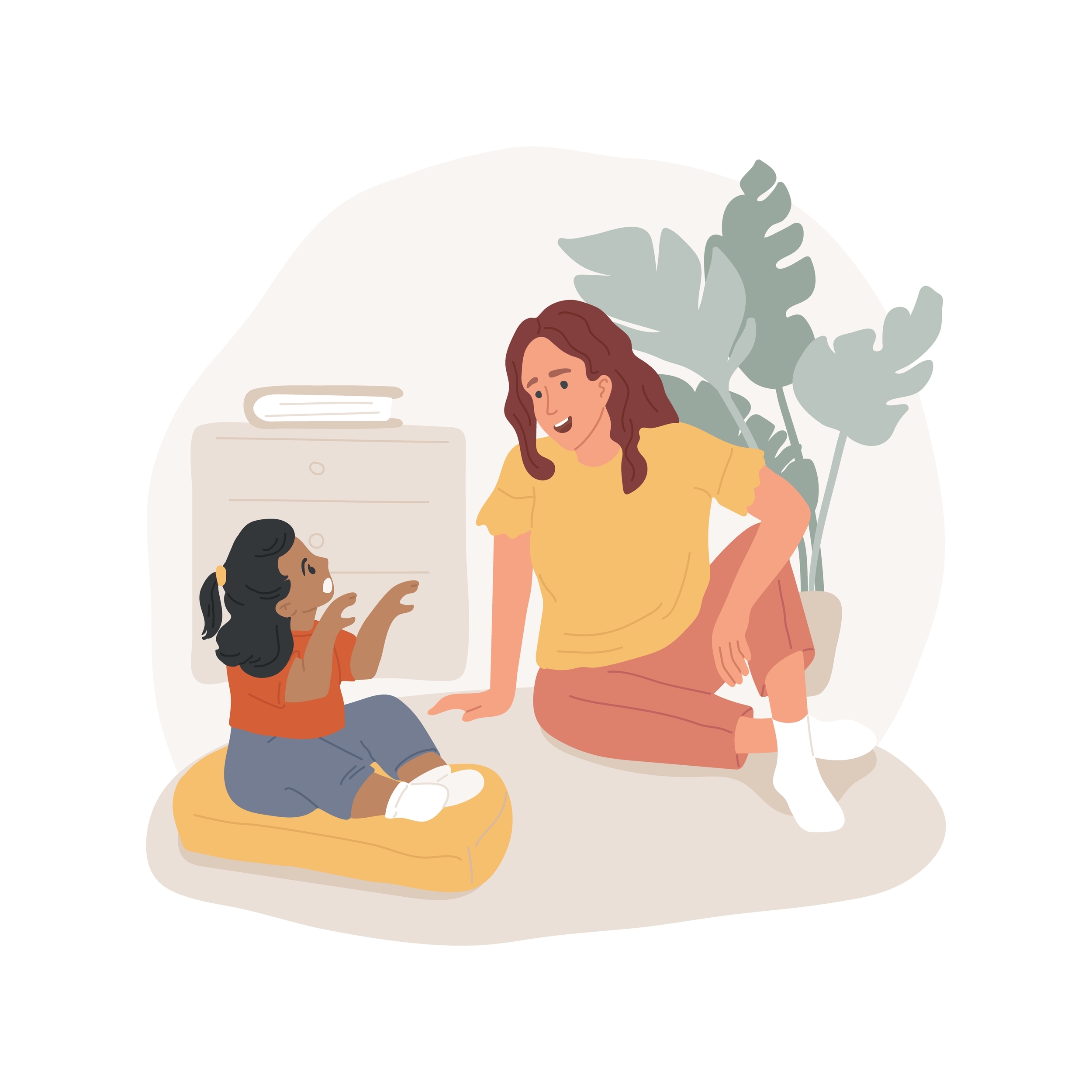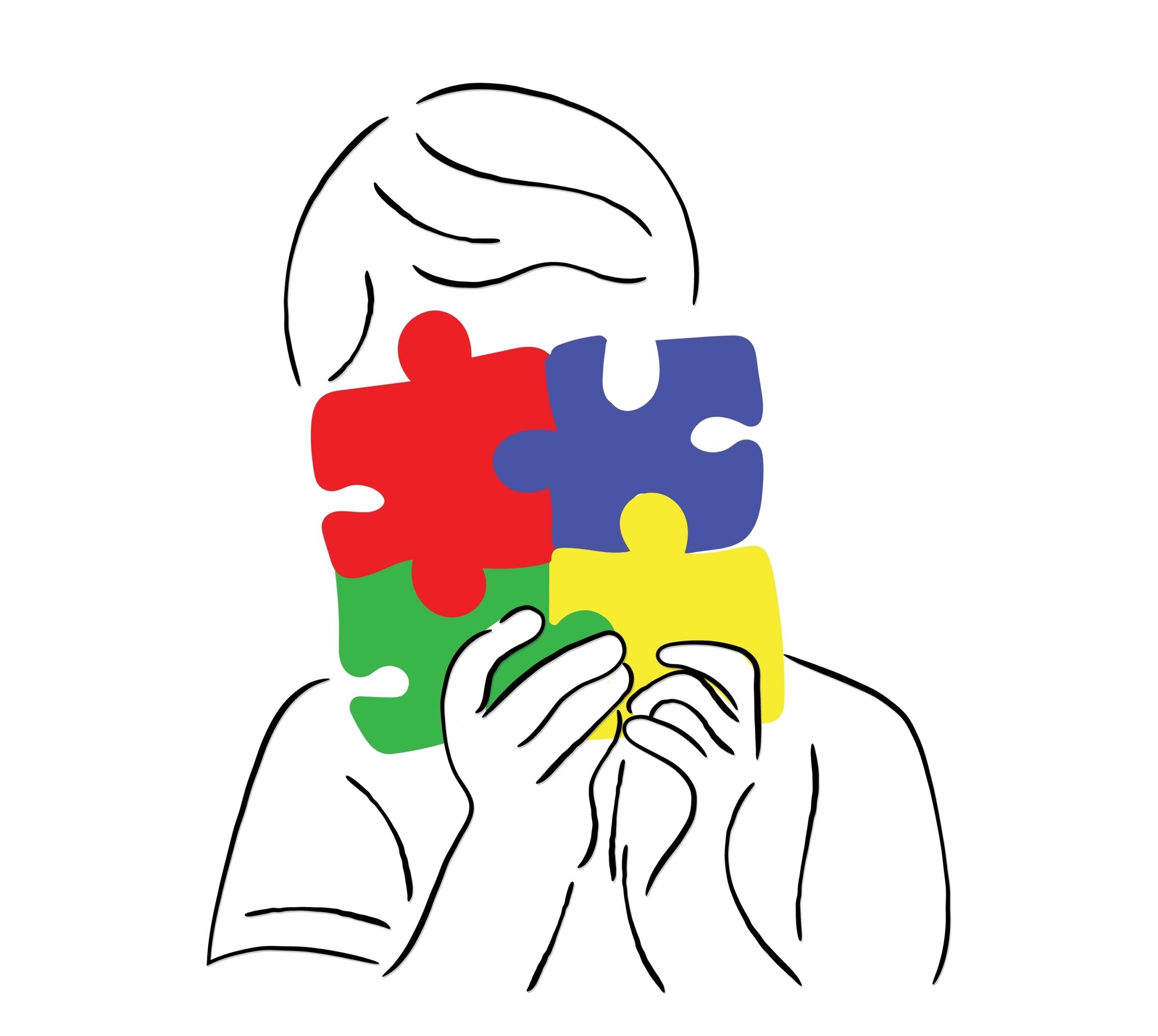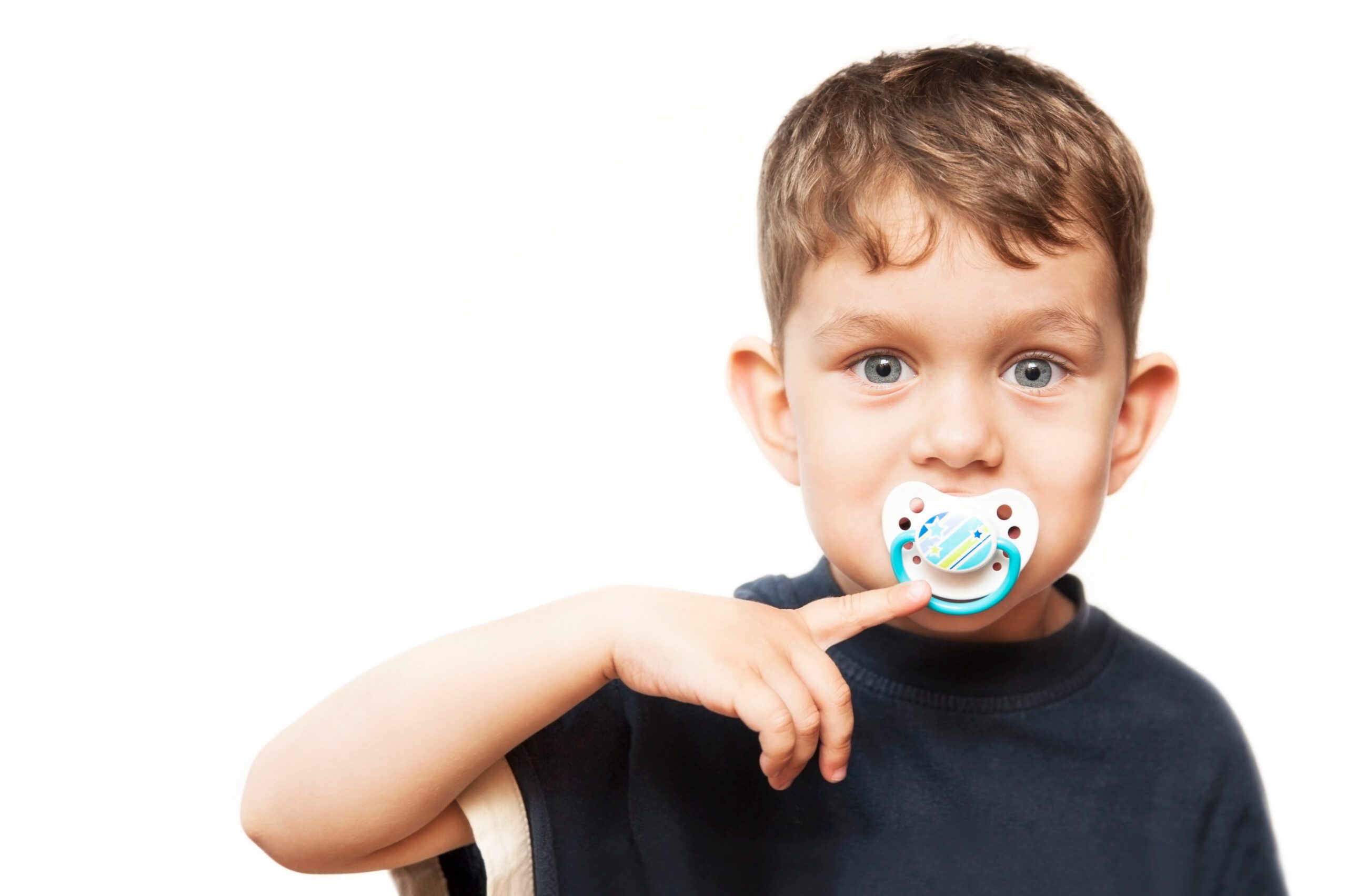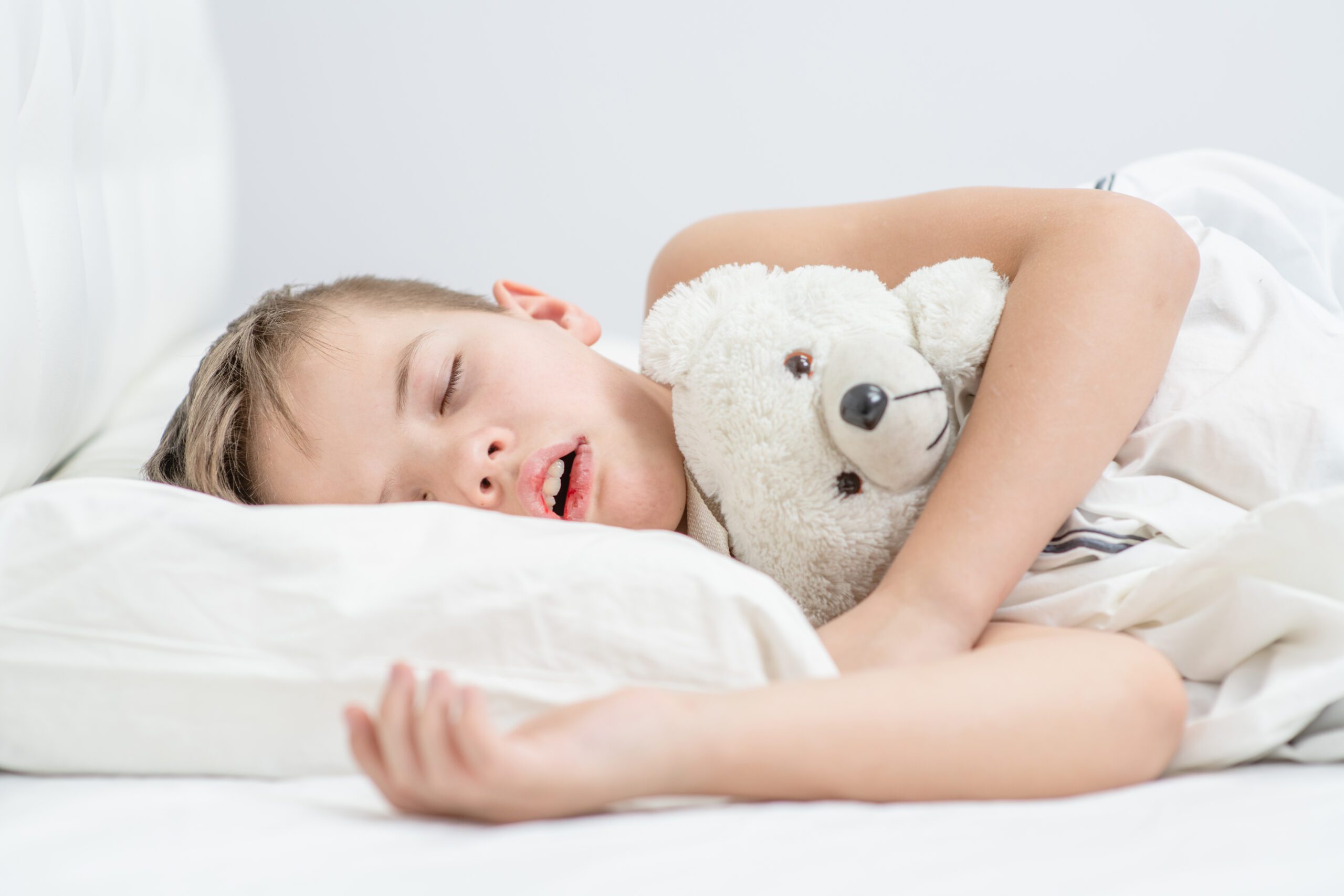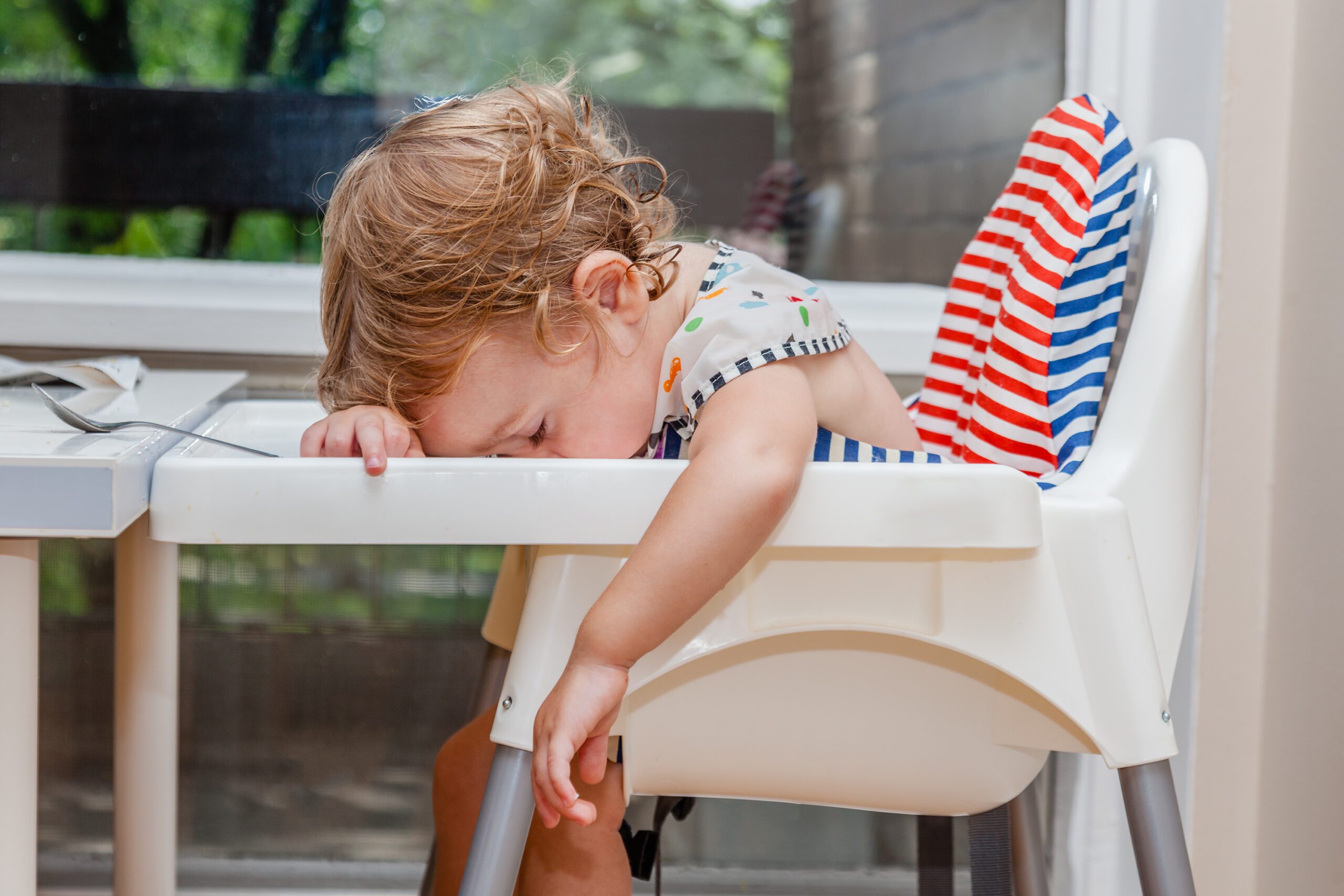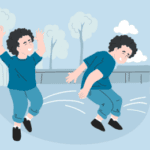
Blog
Sensory Diet Activities for Kids with Autism or ADHD
Author: DrSensory
August 21, 2025
Sensory Diet Activities for Kids with Autism or ADHD
Your child is constantly moving, crashing into furniture, or having meltdowns in response to seemingly minor things like a loud noise or a scratchy tag on their shirt. For many children with Autism Spectrum Disorder (ASD) or Attention-Deficit/Hyperactivity Disorder (ADHD), these behaviors are not a choice. They are a sign that their nervous system is struggling to process sensory information and stay regulated. One of the most effective tools to help them is something called a “sensory diet.”
The concept might sound strange—it has nothing to do with food. Instead, a sensory diet is a carefully designed plan of physical activities and accommodations tailored to give a child the specific sensory input they need to stay calm, focused, and organized throughout their day. It’s a proactive approach that empowers children by helping their brains and bodies work together more effectively.
This guide will explain what a sensory diet is, why it’s so beneficial for neurodivergent kids, and provide ten fun and easy activities you can try at home. By understanding and implementing these strategies, you can help your child navigate their world with greater confidence and calm.
What Is a Sensory Diet?
Coined by occupational therapist Patricia Wilbarger, the term “sensory diet” refers to a personalized schedule of sensory activities that a child engages in at regular intervals. Just like a balanced nutritional diet nourishes the body, a balanced sensory diet nourishes the nervous system. It provides the right combination of sensory input to meet an individual’s unique needs, helping their brain to better process and organize information from their senses.
Every person has sensory needs. You might jiggle your foot during a meeting, chew on a pen cap while thinking, or listen to calming music to unwind. These are intuitive ways we self-regulate. For children with autism or ADHD, this ability to self-regulate is often less automatic. Their brains may either be over-responsive (hypersensitive) or under-responsive (hyposensitive) to sensory input.
A sensory diet, typically developed by an occupational therapist (OT), provides targeted input to help a child’s nervous system find its “just right” state of arousal. This allows them to move from a state of being overwhelmed or under-stimulated to a place where they are ready to learn, play, and interact.
Benefits of Sensory Diets for Neurodivergent Kids
Implementing a consistent sensory diet can have a profound impact on a child’s daily life. By proactively providing the input their nervous system craves, you can help them feel more organized from the inside out. This leads to a wide range of benefits that extend far beyond simply “calming them down.”
- Improved Focus and Attention: When a child’s sensory needs are met, their brain is freed up to concentrate on other tasks, like listening to the teacher or completing homework. A child who is constantly fidgeting to get sensory input may be able to sit still after a movement break.
- Reduced Anxiety and Fewer Meltdowns: Many meltdowns are a physiological response to sensory overload. A sensory diet helps prevent the nervous system from reaching that tipping point by keeping it regulated throughout the day.
- Enhanced Self-Regulation: Over time, a sensory diet helps children learn what their bodies need. They become more aware of their own sensory state and can start to seek out appropriate strategies independently when they feel overwhelmed or sluggish.
- Better Body Awareness: Many activities in a sensory diet involve proprioceptive input (deep pressure to the muscles and joints). This input is highly organizing and improves a child’s sense of body awareness, which can reduce clumsiness and improve motor skills.
- Increased Engagement in Daily Activities: When a child feels more regulated, tasks that were once major battles—like getting dressed, eating, or transitioning between activities—can become much easier.
10 Fun Sensory Activities to Try at Home
A sensory diet should be fun and easy to incorporate into your daily routine. While an occupational therapist can create a formal plan, you can start by introducing some of these activities and observing how your child responds.
1. Heavy Work Activities (Proprioceptive Input)
This is any activity that involves pushing or pulling. This type of input is very calming and organizing for the nervous system.
- Ideas: Have your child help carry groceries, push a laundry basket full of toys, rake leaves, or rearrange their furniture with you.
2. Deep Pressure Hugs
Firm, deep pressure is soothing for many neurodivergent kids.
- Ideas: Give big “bear hugs,” roll a large therapy ball over your child’s legs and back with firm pressure, or make a “kid sandwich” by gently squishing them between two couch cushions.
3. Jumping and Crashing
These activities provide intense vestibular (movement) and proprioceptive input that many sensory-seeking kids crave.
- Ideas: Jumping on a mini-trampoline, doing jumping jacks, or creating a safe “crash pad” with pillows and blankets for them to jump into.
4. Swinging
The rhythmic, linear motion of swinging is very regulating.
- Ideas: A porch swing, a playground swing, or a therapy swing installed indoors can be a powerful tool for a quick reset.
5. Tactile Bins
These bins allow for hands-on exploration of different textures, which can be calming for some and help desensitize others.
- Ideas: Fill a plastic bin with dry rice, beans, sand, or water beads. Hide small toys inside for them to find.
6. Chewing Tools
For kids who constantly chew on their shirt collars or hands, providing a safe alternative can meet their oral sensory needs.
- Ideas: Use specially designed chewable jewelry (necklaces or bracelets) or pencil toppers. Offering crunchy or chewy snacks like carrots or gummy treats can also help.
7. Listening to Music
Auditory input can be used to either calm or alert the nervous system.
- Ideas: Play slow, rhythmic classical music for calming. For a child who seems sluggish, try upbeat music with a strong beat to help them feel more energized.
8. Animal Walks
These are a fun way to get heavy work and body awareness input.
- Ideas: Have your child move across the room like a bear (on hands and feet), a crab (on hands and feet, belly up), or a frog (deep-knee jumping).
9. Playing with Play-Doh or Slime
Squeezing, pulling, and rolling therapy putty, play-doh, or slime provides great proprioceptive input to the hands.
- Ideas: Hide beads or coins inside for them to dig out, which adds a fine motor challenge.
10. Creating a “Calm-Down Corner”
This is a designated quiet space where a child can go when they feel overwhelmed.
- Ideas: Fill it with soft pillows, a weighted blanket, a small tent, and a few quiet sensory tools like fidgets or a mesmerizing liquid motion bubbler.
By incorporating these sensory diet activities into your child’s day, you provide them with the tools they need to feel more in control of their bodies and emotions, paving the way for greater success at home, at school, and beyond.

Frequently Asked Questions (FAQs)
❓How do I know which sensory activities my child needs?
The best way is to consult with an occupational therapist. However, you can start by observing your child. If they are constantly moving and crashing, they likely need more proprioceptive and vestibular input. If they are sensitive to noise and touch, they may benefit from deep pressure and a calming, quiet space.
❓How often should we do these activities?
A typical sensory diet involves short sensory breaks every 1.5 to 2 hours throughout the day. The key is to be proactive and provide the input before your child becomes dysregulated.
❓Can a sensory diet help with ADHD-related hyperactivity?
Absolutely. Many children with ADHD have sensory-seeking behaviors. The constant fidgeting and movement are often their body’s way of trying to get the input it needs to focus. Providing structured movement breaks can help them sit still and concentrate when needed.
❓What is the difference between a sensory diet and just playing?
While many sensory diet activities look like play, they are chosen intentionally to meet a specific neurological need. The activities are scheduled strategically throughout the day to help regulate the nervous system, whereas free play is unstructured.
❓Where can I get an official sensory diet for my child?
An official sensory diet should be developed by a qualified occupational therapist (OT) after a thorough evaluation of your child’s specific sensory needs. You can ask your pediatrician for a referral to an OT.
related blogs
Your toddler refuses to wear certain clothes, has huge meltdowns in noisy places, or is an extremely picky eater, limited
Your child seems to miss verbal instructions, struggles to follow conversations in noisy environments, and often asks "what?" even when
On the surface, autism and Ehlers-Danlos syndrome (EDS) might seem like two entirely unrelated conditions. One is a neurodevelopmental condition
The intense head pain begins, lights feel blindingly bright, and every sound seems amplified to an unbearable level. You retreat
You watch your child struggle with things that seem to come so easily to other kids. Maybe they have meltdowns



